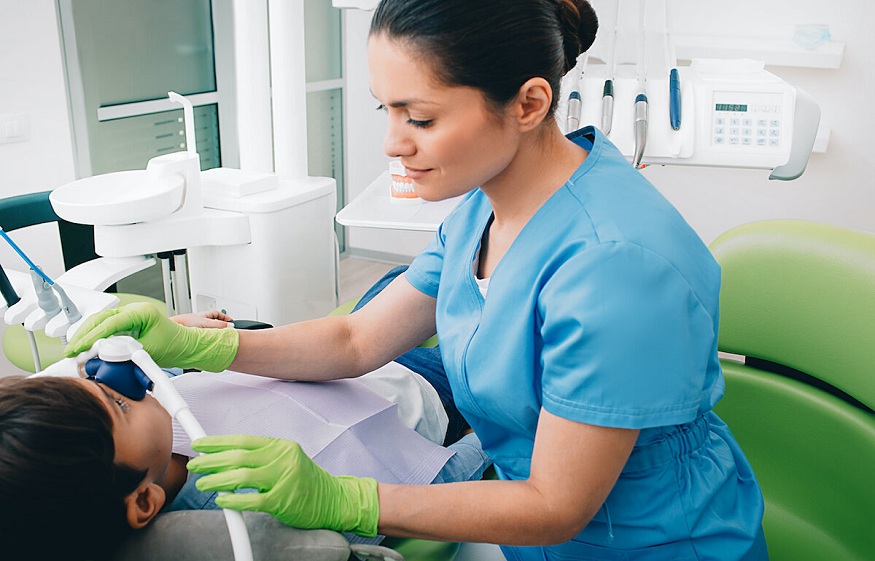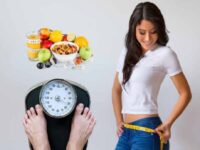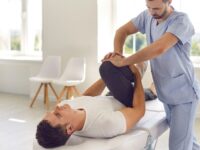Paediatric Anaesthesiology: Ensuring Safe Sedation for Kids

Paediatric anaesthesiology is a specialized field of medicine that focuses on administering safe and effective sedation to children during medical procedures, surgeries, and diagnostic tests. It plays a critical role in ensuring the comfort, safety, and well-being of children undergoing these interventions.
In this blog post, we will explore the importance of paediatric anaesthesiology and discuss how it ensures safe sedation for kids.
-
Unique Considerations in Paediatric Anaesthesiology
Administering anaesthesia to children requires specialized knowledge and skills due to their unique physiological and developmental characteristics. Paediatric anaesthesiologists are trained to understand the variations in anatomy, physiology, and pharmacokinetics in children of different ages. They carefully consider factors such as weight, size, organ function, and developmental stage to determine the appropriate dosage and sedation techniques tailored to each child.
-
Managing Anxiety and Pain
Medical procedures, surgeries, and diagnostic tests can be stressful and intimidating for children. Paediatric anaesthesiology aims to minimize anxiety and pain experienced by children during these interventions. Anaesthesiologists work closely with child life specialists and other healthcare professionals to create a child-friendly and supportive environment. They use age-appropriate language, distraction techniques, and provide preoperative counselling to help alleviate fear and discomfort.
-
Monitoring and Maintaining Vital Signs
During sedation or general anaesthesia, continuous monitoring of vital signs is crucial to ensure the child’s safety and well-being. Paediatric anaesthesiologists use advanced monitoring techniques to closely observe heart rate, blood pressure, oxygen saturation, and carbon dioxide levels. These measurements guide them in assessing the child’s physiological response to anaesthesia and allow for timely adjustments to maintain stability throughout the procedure.
-
Tailored Sedation Techniques
Paediatric anaesthesiology offers a range of sedation techniques tailored to the individual needs of each child. These may include inhalation sedation, intravenous sedation, or a combination of both. The choice of sedation method depends on factors such as the nature of the procedure, the child’s age and medical condition, and the anticipated level of sedation required. Paediatric anaesthesiologists carefully select the most appropriate technique to ensure effective sedation and minimize potential risks.
-
Safety Measures and Emergency Preparedness
The safety of children undergoing sedation is of paramount importance in paediatric anaesthesiology. Anaesthesiologists follow stringent protocols to ensure patient safety, such as verifying the child’s identity, obtaining informed consent, and conducting thorough preoperative assessments. They are prepared to handle potential emergencies, such as adverse reactions or complications, and have the necessary skills and resources to manage these situations swiftly and effectively.
-
Collaboration with Surgical and Medical Teams
Paediatric anaesthesiologists work collaboratively with surgical teams, paediatricians, and other medical professionals involved in a child’s care. They participate in preoperative planning, sharing their expertise to optimize anaesthetic management and contribute to the overall safety and well-being of the child. Effective communication and teamwork among healthcare providers are essential in ensuring a seamless and coordinated approach to sedation and the child’s overall care.
-
Continual Advancements in Paediatric Anaesthesiology
Paediatric anaesthesiology is a field that continually evolves with advancements in medical technology, research, and best practices. Ongoing research and innovation contribute to the development of safer sedation techniques, improved monitoring technologies, and enhanced understanding of anaesthetic pharmacology in children. Paediatric anaesthesiologists actively engage in professional development and stay updated with the latest evidence-based guidelines to provide the highest quality of care to children.
Conclusion
Paediatric anaesthesiology plays a vital role in ensuring safe sedation for children undergoing medical procedures, surgeries, and diagnostic tests. With their specialized knowledge, tailored sedation techniques, vigilant monitoring, and emphasis on safety, paediatric anaesthesiologists ensure the comfort and well-being of children throughout the sedation process. Their collaboration with surgical and medical teams and commitment to continuous advancements contribute to providing the highest standard of care for paediatric patients.






